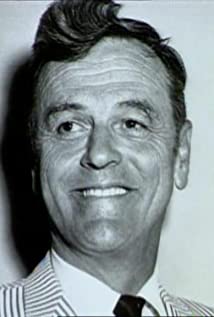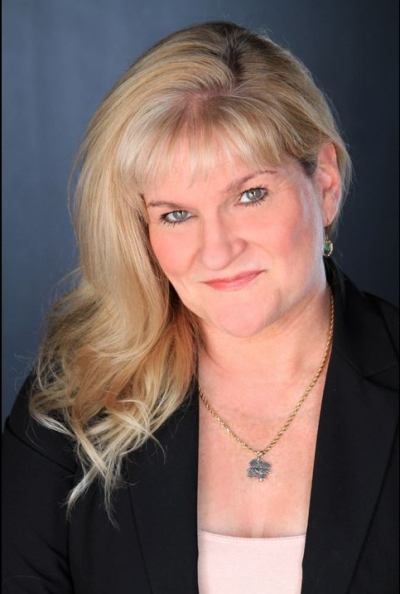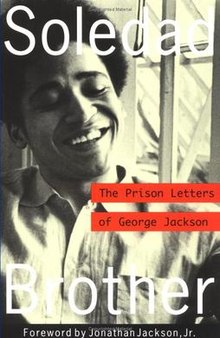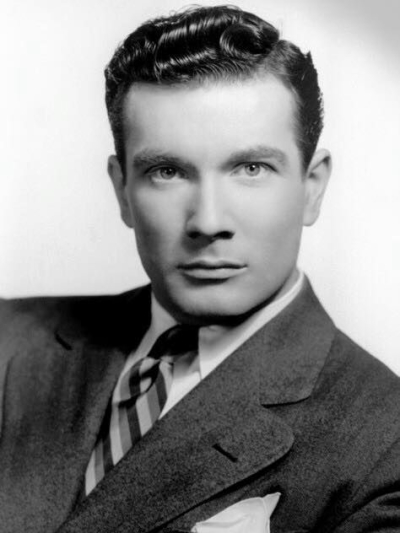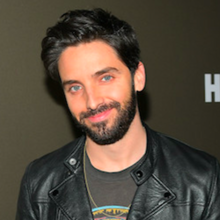Wolfgang Reitherman
#51183 Most Popular
1909
1933
1935
1937
1940
1942
1946
1947
1950
1951
1953
1955
1960
1961
1963
1967
1977
1980
1985


